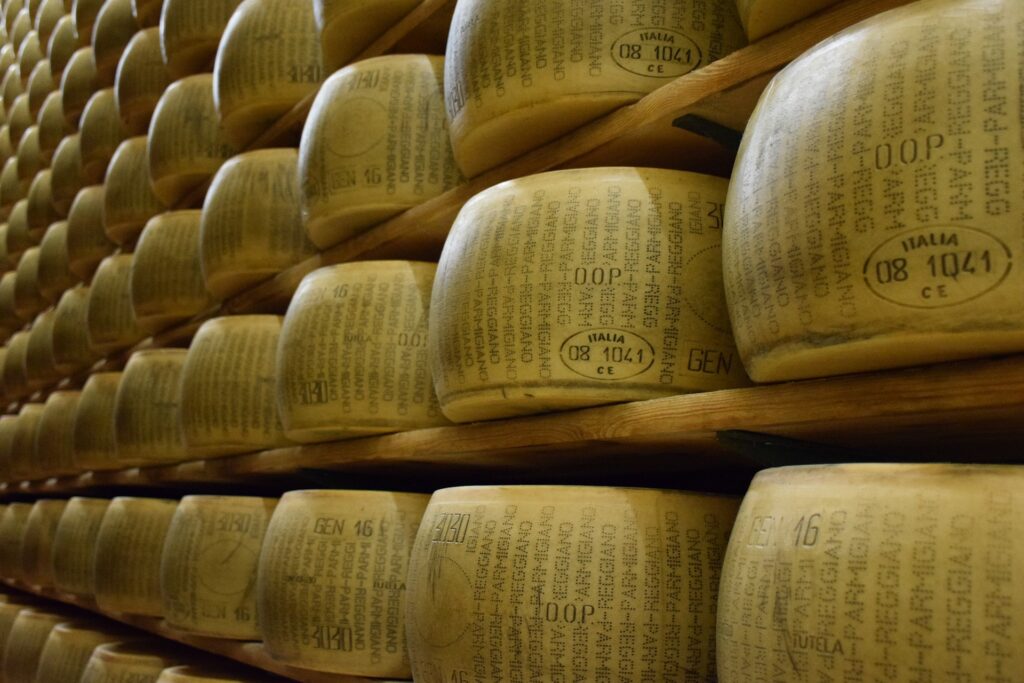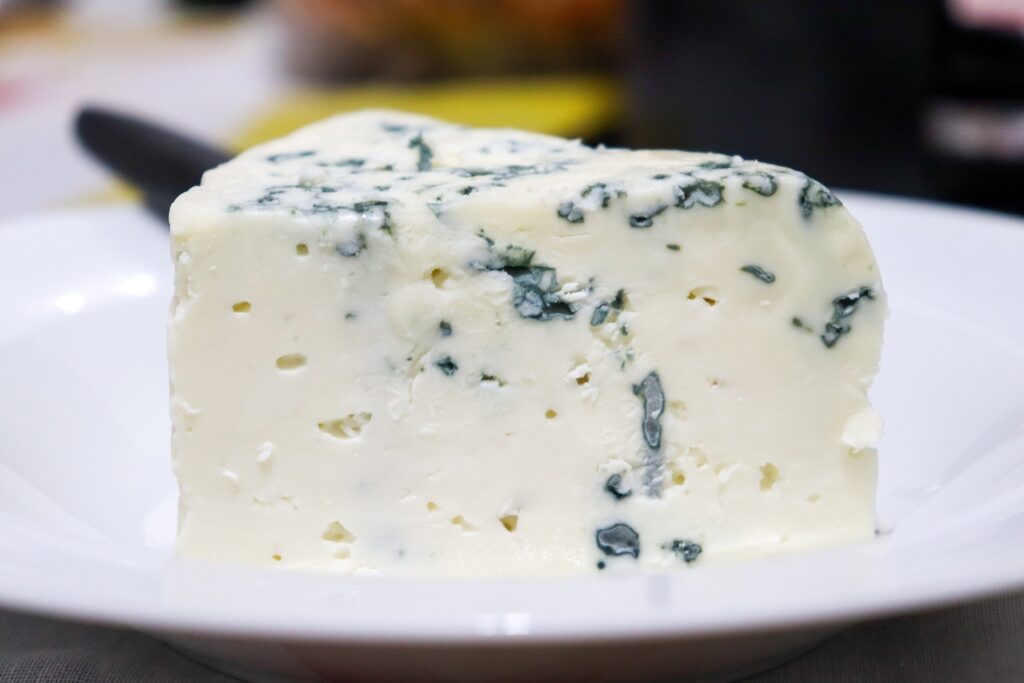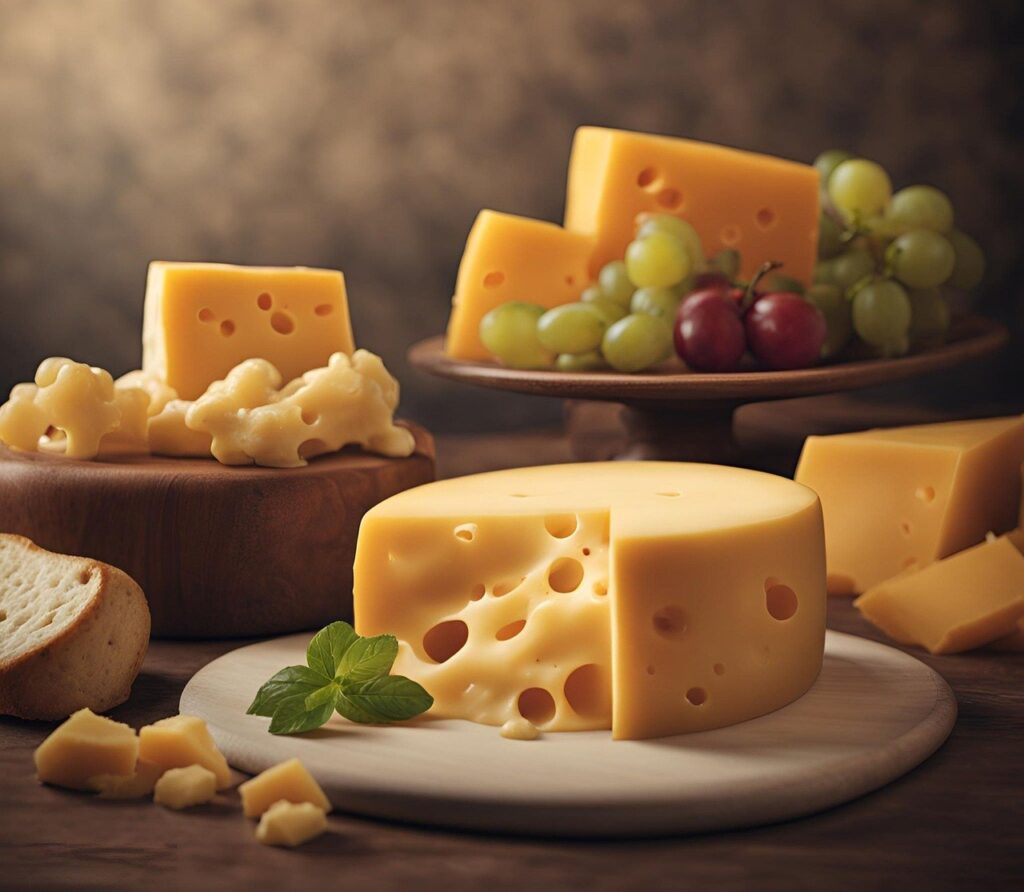Introduction
Cheese is more than just a food; it’s a culinary icon with a rich history and a wide array of flavours and textures. Cultures worldwide have enjoyed cheese, from soft cheese to sharp cheddar, for thousands of years. But did you know that cheese also has some amazing and surprising fun facts?
In this article, we will explore fun facts about cheese, cheese trivia, and interesting cheese facts that will amaze you. Let’s dive into the world of cheese and discover why it’s one of the most beloved foods on the planet.
Fun Facts About Cheese
Cheese has been a dietary staple for centuries, with countless varieties that have evolved. Cheese has many flavours and textures. For example, Parmigiano Reggiano tastes nutty, while Brie is creamy.
Always more exists to discover about cheese. Let’s explore some fun facts about cheese that highlight its unique qualities and rich history.
A Brief History of Cheese
Cheese Through the Ages
Cheese-making likely began around 8,000 BC, shortly after people started domesticating sheep and other animals that produce milk. The process began by accident. Animals stored milk in their stomachs.
This caused the milk to curdle because of the natural rennet in the stomach lining. This lucky discovery led to cheese. Cheese can last much longer than milk when people store it.
Ancient Cheese Trivia
Ancient Romans were particularly fond of cheese, which was a common part of their diet. They developed many cheese-making techniques still in use today and even used cheese as a form of currency. Roman soldiers often received cheese rations as payment, demonstrating how valuable cheese was in ancient times.
Cheese in the Middle Ages
During the Middle Ages, monasteries became centres of cheese production. Monks mastered cheese-making, producing early types of cheese we recognize today, such as Munster and Limburger. These cheeses were not just a source of nutrition but also a valuable trade item.
Interesting Cheese Facts You Probably Didn’t Know
The World’s Oldest Cheese
Archaeologists discovered the oldest known cheese in an Egyptian tomb dating back over 3,200 years. People likely made this ancient cheese from a mixture of cow, goat, and sheep milk, showing that civilizations have cherished cheese.
Parmigiano Reggiano: The King of Cheeses

Parmigiano Reggiano, often referred to as Parmesan, is a hard cheese known for its rich, savoury flavour. Producers make this cheese only in certain areas of Italy. They age it for at least 12 months.
You can age it for up to 36 months or longer. This aging improves its taste and texture. Because of its high value, lenders in Italy sometimes use Parmigiano Reggiano as collateral for bank loans!
Blue Cheese: The Happy Accident

Blue cheese, recognized by its blue-green mold veins, was discovered accidentally when cheese was stored in damp, mold-friendly caves. Today, varieties like Roquefort, Gorgonzola, and Stilton are famous for their strong, tangy flavours. The unique mold, Penicillium, gives blue cheese its characteristic look and taste.
Cheddar Cheese: A British Classic
Cheddar cheese originated in the village of Cheddar in Somerset, England, around the 12th century. The distinct process of “cheddaring,” which involves cutting, stacking, and turning curds, creates its firm texture. Cheddar’s popularity has spread worldwide, with various aging processes creating a range from mild to extra sharp flavours.
Amazing Facts About Cheese Varieties
Soft Cheese: Creamy and Delicious
People know soft cheeses like Brie, Camembert, and Ricotta for their creamy texture and mild flavours. They ripen from the outside in, developing a soft, edible rind. People often call Brie the “Queen of Cheeses” because of its smooth, buttery taste, while many love Camembert for its earthy flavour.
Cheese Trivia: Surprising Facts
- Bacteria that cause the strong smell of Limburger cheese also live on human skin. They help create body odour!
- In 2018, a cheese festival in Wisconsin featured a huge cheddar cheese wheel. It weighed more than 3,300 pounds. This showed how important cheese is to the culture.
The Science of Cheese Aging
Cheese aging, also known as affinage, is a meticulous process that significantly impacts a cheese’s flavour and texture. Producers age hard cheeses, like Parmigiano Reggiano, for a long time. This aging process gives them rich flavours.
In contrast, producers age soft cheeses for a short time. This helps them maintain their creamy texture.
Blue Cheese: A Bold Choice
Blue cheese gets its distinct veins and tangy flavour from the mold Penicillium. Some people find blue cheese too strong, while others love its bold taste. Famous varieties include Gorgonzola, Stilton, and Roquefort, each with a unique flavour profile influenced by its aging environment.
Cheese and Nutrition: More Than Just a Snack
Health Benefits of Cheese
Cheese is not only delicious but also packed with nutrients. A great source of calcium, protein, and essential vitamins exists. However, cheese can also be high in fat and sodium, so it’s best enjoyed in moderation. Some cheeses, like Swiss and mozzarella, are lower in fat, while others, like blue cheese and soft cheese, are richer.
Parmigiano Reggiano: Nutritious and Flavourful
Parmigiano Reggiano stands out as one of the healthiest cheese options. Rich in protein, calcium, and phosphorus, it serves as a nutritious choice. Naturally lactose-free, it ages for a long time. This makes it good for people who cannot digest lactose.
The Role of Fermentation in Cheese
Fermentation plays a critical role in cheese-making, transforming milk into a variety of cheese types. This process improves taste, texture, and digestion, transforming regular milk into a nutritious food enjoyed for many years.
Cheese Around the World: A Global Favourite
Cheese in Different Cultures
It is celebrated worldwide, with each region offering unique varieties. In France, people love soft cheese like Brie and Camembert. For Switzerland, they enjoy holey Emmental and nutty Gruyère. In Greece, people enjoy tangy feta in salads and pies and in Mexico, cooks add queso fresco to dishes for a light, fresh taste.
The Variety of Cheese Is Endless
Over 1,800 types of cheese exist globally, each with its distinct characteristics. Many types of cheese exist. You can find smoked cheeses from the Netherlands and spiced cheeses from India.
There is a cheese for everyone. Some producers age cheeses for decades, while others make cheeses meant for fresh consumption.
Cheese Pairings: Elevating Your Taste Experience
Cheese pairs wonderfully with many foods, enhancing its flavors. Soft cheeses like Brie are perfect with fruits and nuts, while blue cheese complements sweet flavors like honey or pears. Cheddar cheese pairs well with apples, and Parmigiano Reggiano is a classic addition to pasta and risotto.
Exploring New Cheese Varieties
Trying new cheese varieties can be an adventure. If you’re new to cheese tasting, begin with familiar types like mozzarella and cheddar, then try stronger ones like blue cheese and aged Gouda. Don’t be afraid to explore regional specialties at cheese shops or farmers’ markets.
Conclusion
Cheese is a fascinating and delicious part of our global culinary heritage. Cheese is more than just a food. It has fun facts and interesting trivia. This beloved food shares stories of culture, history, and art.
No matter if you prefer sharp cheddar, creamy cheese, or strong blue cheese, there are always new options to explore. When you eat Parmigiano Reggiano or spread Brie on a cracker, remember these interesting cheese facts. Enjoy every bite of this classic treat!

